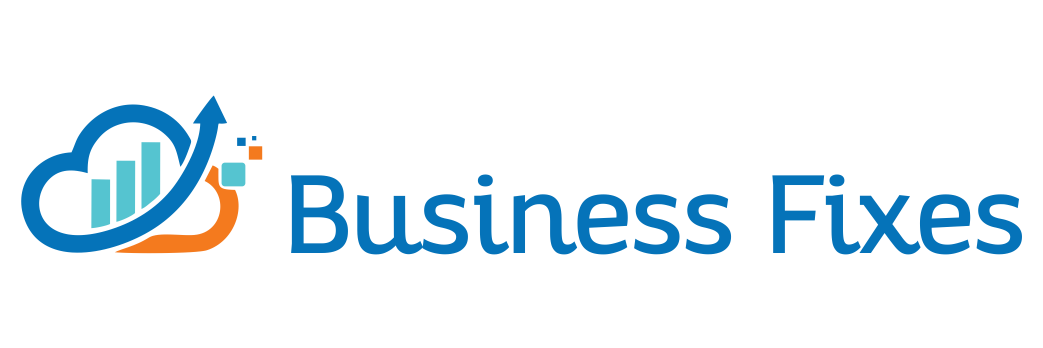In the digital age, having a website is essential, but simply having one isn’t enough. To stand out in the crowded online space, you need to optimize your website for search engines—a practice known as SEO (Search Engine Optimization). On-page SEO refers to the techniques used within the website to improve its position in search rankings.
This comprehensive guide will cover everything you need to know about on-page SEO, offering accurate, factually correct, and unique insights to help you master this critical aspect of digital marketing.
What is On-Page SEO?
On-page SEO refers to the optimization of individual web pages to rank higher and earn more relevant traffic in search engines. It involves optimizing the content, HTML source code, and other elements within your website.
Key Elements of On-Page SEO:
- Content Quality
- Title Tags
- Meta Descriptions
- Header Tags
- URL Structure
- Image Optimization
- Internal Linking
- Mobile Friendliness
- Page Load Speed
- User Experience (UX)
1. Content Quality
Importance of High-Quality Content
Content is the backbone of on-page SEO. Search engines aim to deliver the most relevant and valuable content to users. High-quality content helps in engaging users, reducing bounce rates, and increasing the time spent on your website.
Tips for Creating High-Quality Content:
- Relevance: Ensure your content answers the user’s query.
- Originality: Avoid duplicate content. Provide unique insights.
- Value: Offer comprehensive information that adds value.
- Readability: Use simple language, short paragraphs, and bullet points.
Tools and Techniques:
- Google Keyword Planner: For identifying relevant keywords.
- Ahrefs Content Explorer: To find content ideas and analyze competitors.
Statistics:
- HubSpot states that companies that blog have 434% more indexed pages.
- Content Marketing Institute reveals that 61% of consumers are influenced by custom content.
2. Title Tags
What Are Title Tags?
Title tags are HTML elements that specify the title of a web page. They are displayed on search engine results pages (SERPs) as the clickable headline for a given result.
Best Practices:
- Keyword Placement: Include your primary keyword at the beginning.
- Length: Keep it under 60 characters to ensure it’s fully displayed on SERPs.
- Unique Titles: Every page should have a unique title.
Example:
A good title tag for a page about “Best Hiking Gear” could be: “Best Hiking Gear 2024 | Top Picks and Reviews.”
3. Meta Descriptions
What Are Meta Descriptions?
Meta descriptions are HTML attributes that provide a brief summary of a web page. They appear below the title tag on SERPs.
Best Practices:
- Include Keywords: Use primary and secondary keywords naturally.
- Compelling Copy: Write a compelling summary to encourage clicks.
- Length: Keep it between 150-160 characters.
Example:
“Discover the best hiking gear for 2024 with our top picks and reviews. Get ready for your next adventure with the right equipment.”
4. Header Tags
Importance of Header Tags
Header tags (H1, H2, H3, etc.) are used to structure the content. They help search engines understand the hierarchy and main topics of your content.
Best Practices:
- H1 Tag: Use only one H1 tag per page, typically as the title of the content.
- H2-H6 Tags: Use H2 for main sections and H3-H6 for subsections.
- Keywords: Include keywords naturally in header tags.
5. URL Structure
Importance of URL Structure
A clean and descriptive URL structure is crucial for both users and search engines.
Best Practices:
- Keywords: Include primary keywords.
- Readability: Make URLs readable and concise.
- Hyphens: Use hyphens to separate words.
Example:
A good URL for a page about hiking gear reviews could be: www.example.com/hiking-gear-reviews
6. Image Optimization
Importance of Image Optimization
Images enhance user experience but can also impact site speed. Properly optimized images contribute to better SEO.
Best Practices:
- Alt Text: Describe the image with keywords.
- File Size: Compress images to reduce load time.
- File Name: Use descriptive, keyword-rich file names.
Tools:
- TinyPNG: For image compression.
- ImageOptim: For Mac users to reduce image file sizes.
Statistics:
- According to Google, 53% of mobile users abandon sites that take longer than 3 seconds to load.
7. Internal Linking
Importance of Internal Linking
Internal links help distribute page authority and create a hierarchy within your site. They also improve navigation and user experience.
Best Practices:
- Relevant Links: Link to relevant pages within your content.
- Anchor Text: Use descriptive anchor text with keywords.
- Balance: Avoid overloading content with too many links.
Example:
“Learn more about <a href=”www.example.com/best-hiking-boots”>the best hiking boots</a> available this year.”
8. Mobile Friendliness
Importance of Mobile Friendliness
With the majority of searches coming from mobile devices, having a mobile-friendly site is critical.
Best Practices:
- Responsive Design: Ensure your website adjusts to different screen sizes.
- Touch-Friendly: Buttons and links should be easy to tap.
- Mobile Usability: Test your site’s mobile usability using Google’s Mobile-Friendly Test.
Statistics:
- Statista reports that in 2023, 59.5% of global website traffic came from mobile devices.
9. Page Load Speed
Importance of Page Load Speed
Page load speed affects user experience and search rankings. Faster websites provide better user experience and higher conversion rates.
Best Practices:
- Compress Images: Use tools like TinyPNG.
- Enable Caching: Use browser caching to speed up page loading.
- Minimize Code: Remove unnecessary code and minify CSS, JavaScript, and HTML.
Tools:
- Google PageSpeed Insights: To analyze and optimize your site’s speed.
- GTmetrix: For detailed performance reports.
Statistics:
- According to Pingdom, a 1-second delay in page load time can lead to a 7% reduction in conversions.
10. User Experience (UX)
Importance of User Experience
A positive user experience keeps visitors on your site longer, reduces bounce rates, and increases the likelihood of conversions.
Best Practices:
- Easy Navigation: Ensure your site is easy to navigate.
- Engaging Content: Use multimedia elements like videos and images.
- Readability: Use clear fonts, adequate spacing, and a clean design.
Tools:
- Hotjar: For heatmaps and user behavior analytics.
- Google Analytics: To monitor user behavior and site performance.
Statistics:
- Forrester found that a well-designed user interface could increase a website’s conversion rate by up to 200%.
Conclusion
Mastering on-page SEO is essential for improving your website’s visibility and attracting more organic traffic. By focusing on content quality, optimizing title tags, meta descriptions, header tags, URL structures, images, internal linking, mobile friendliness, page load speed, and user experience, you can create a website that not only ranks well in search engines but also provides an excellent user experience.
Remember, SEO is an ongoing process. Regularly update your content, monitor your site’s performance, and stay informed about the latest SEO trends and algorithm updates. With dedication and the right strategies, you can achieve and maintain top search engine rankings.
For further reading and to implement these strategies effectively, consider the following resources:
Equip yourself with the right tools and knowledge, and watch your website climb the search engine ranks, driving more traffic and achieving your business goals.

